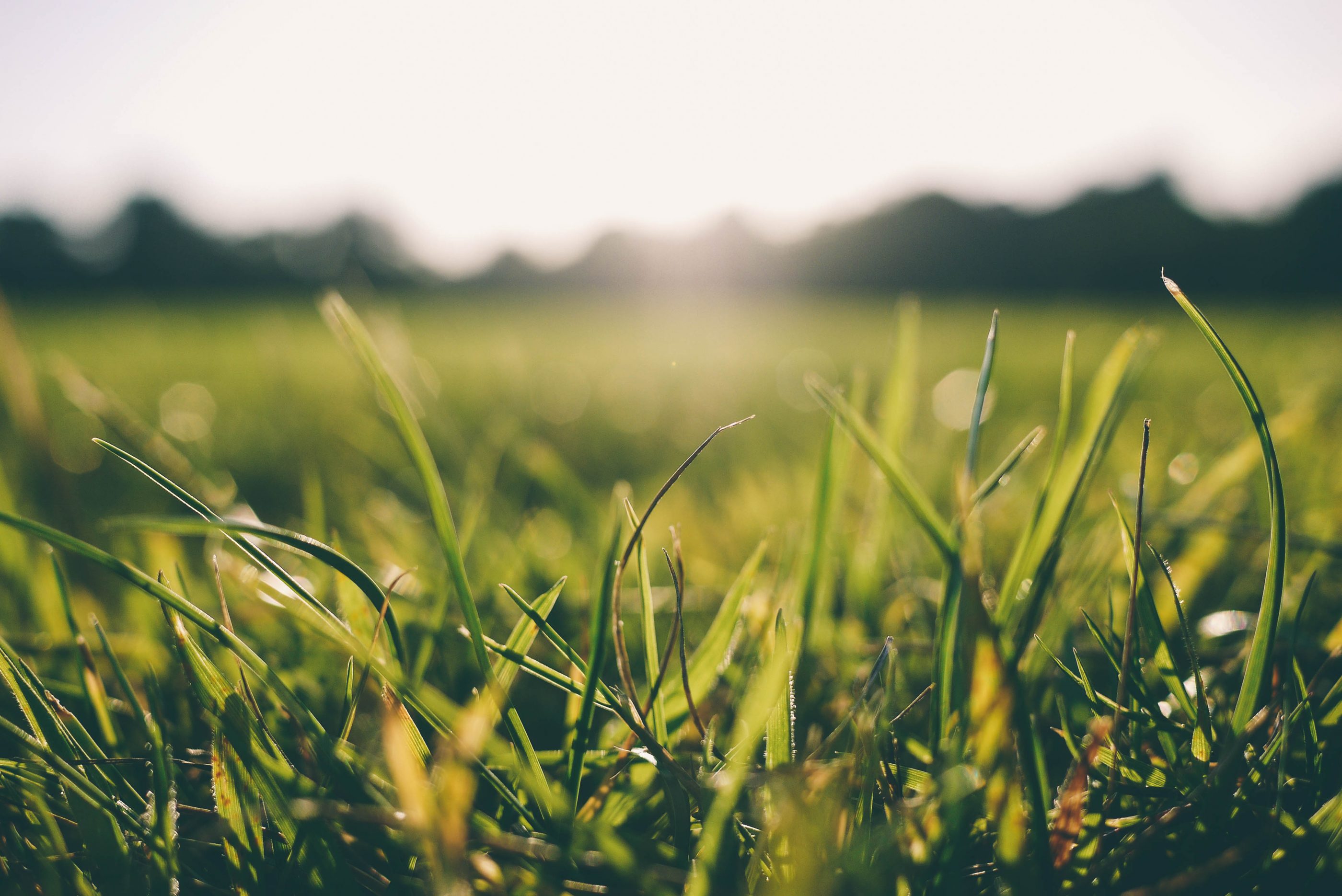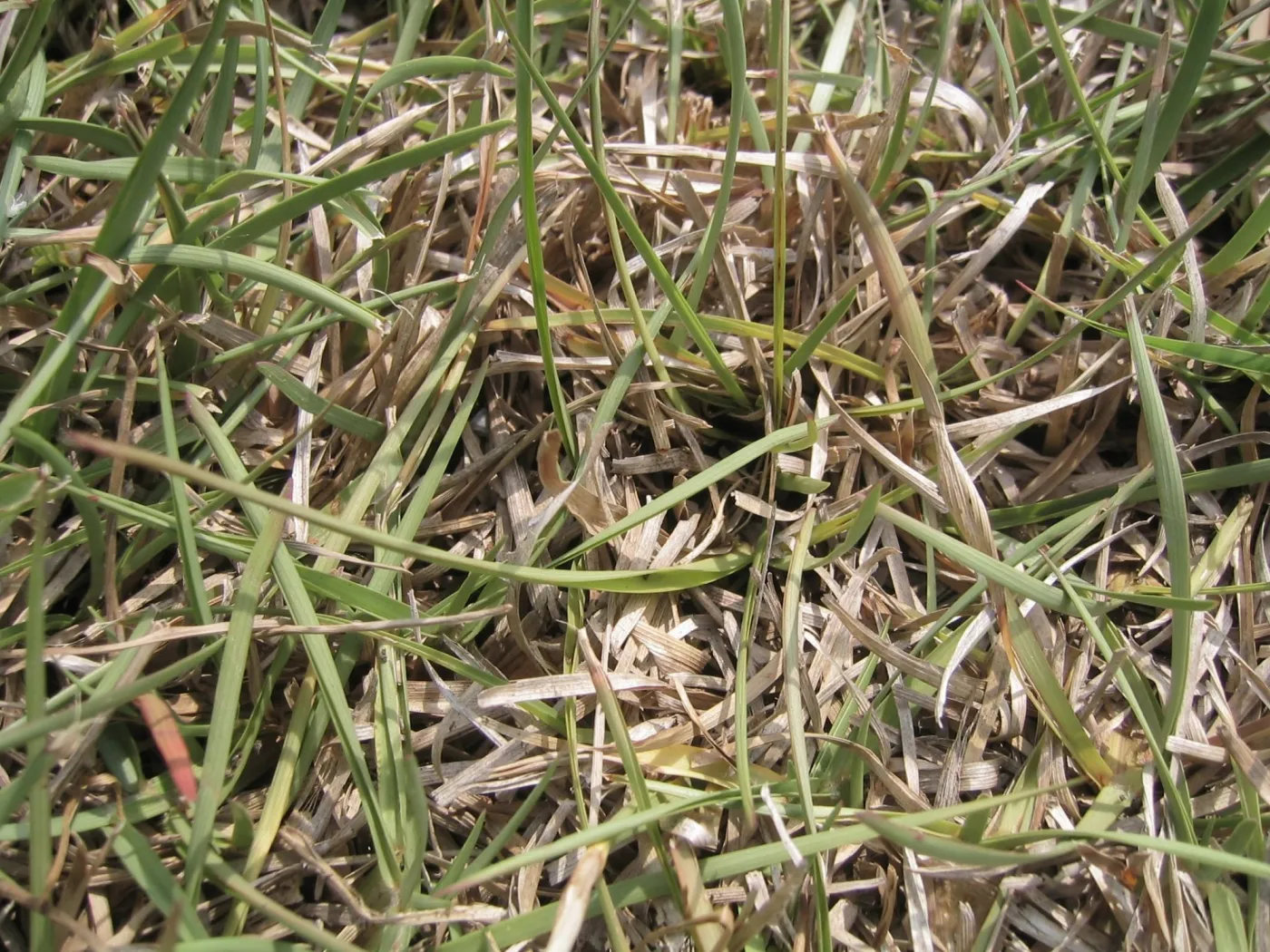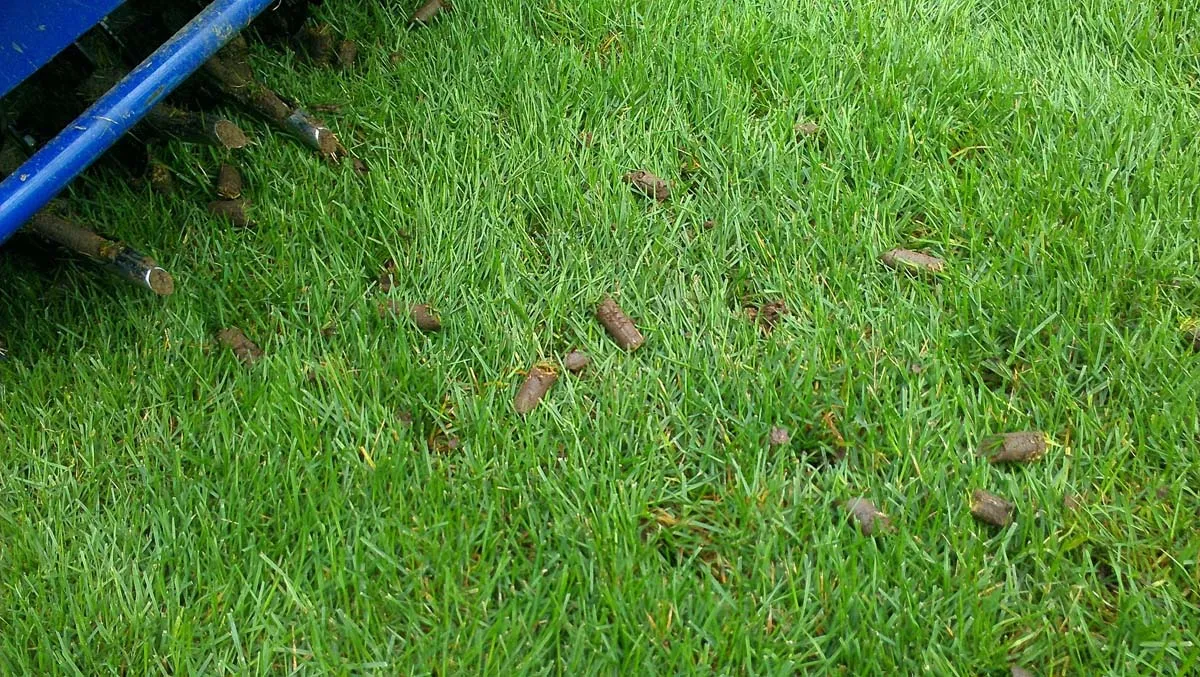Each year around Summer, we get clients inquiring about 'these weird little round growths' they are finding in their trees, commonly Live Oaks.
These 'weird little balls’ are called galls, which are plant tissue growths caused by exposure to small doses of hormone-like chemicals, which are produced by the gall makers. The gall makers can be many different things - but usually it is insects that cause them. Galls can actually occur on roots, flowers, bark, and buds, but people generally notice them when they are on leaves or twigs because they're the easiest to spot.
Most often clients ask me about the galls that are appearing on their oak trees, as they are common in Gainesville, FL landscapes. It is usually mealy oak galls they are finding which are tan and can be roughly the size of a jaw breaker, as the photo shows.
The galls will eventually drop, at which point they are woody and hard under bare feet in your lawn. If you look closely at one you’ll note a single exit hole where the adult gall maker gnawed its way out of its home.
With mealy oak galls the gall maker is a wasp. However, most people associate wasps as an insect that can sting and in this case the wasp that has produced the gall isn’t the stinging type.
The way it works is that a mother wasp finds an appropriate live oak twig to which she attaches her egg, and the chemicals on the egg induce the oak to grow a home for the soon-to-hatch grub. That is how Mealy Oak Galls are formed. The grub dines on the interior tissue of the gall until it matures and chews its way through the outer shell. Once vacant the gall shell can persist on the twig for a long time until it eventually drops into your lawn.
While some galls can be harmful, it is important to note that oak goals are not. They don’t do much to harm you tree. And applying insecticides to manage any perceived problem is overkill in my professional opinion. If you are worried about how they look, take comfort that gall makers tend run in cycles. Some years will be heavy and others will be minimal
If you need help with a lawn or landscape problem, we would love to earn your trust. We have been helping our Gainesville, Florida lawn and landscapes for over 15 years. Give call us at 352-378-5296 or info@themasterslawncare.com.











